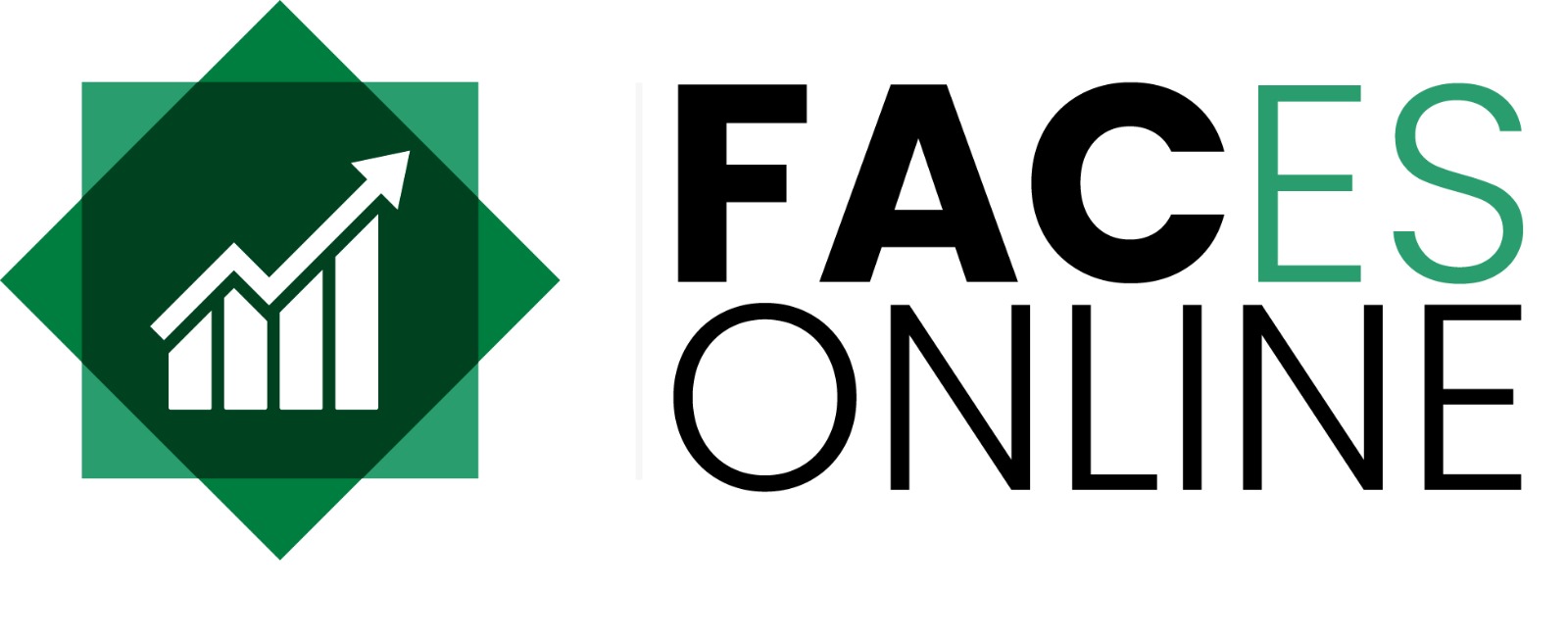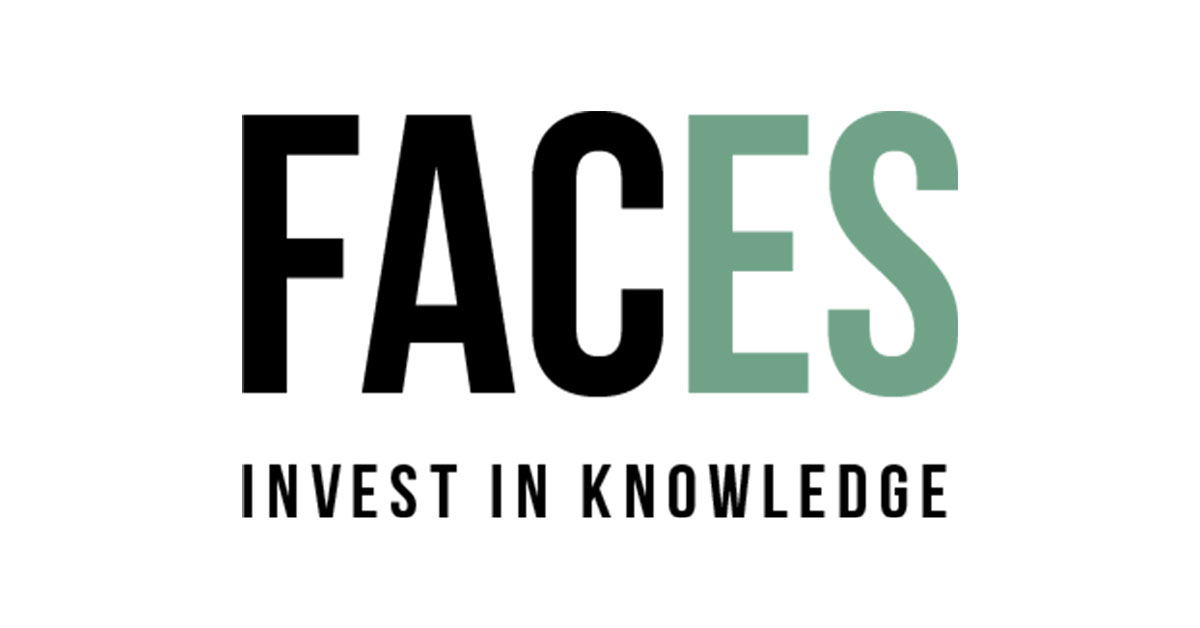In this article Gerard Bottemanne and Marcel Wiedenbrugge talk about UBL standard as a new device for electronic invoicing. Nowadays more and more invoices are exchanged electronically. Currently PDF is undisputedly the most widely used format for the exchange (by email) of invoices as an attachment. Whether or not combined with scanning and recognizing of booking documents, electronically received invoices are processed automatically in the accounts as a booking proposal. The role of PDF, however, is increasingly replaced by UBL (Universal Business Language).
The benefits of electronic invoicing are acknowledged for many years. The expected cost savings compared to the traditional sending of invoices by post and the efficiency of the processing of invoices in the accounting was well known, both inside and outside the accountancy profession. In more and more countries, including the Netherlands, UBL is used as a standard digital format to exchange and recognize electronic invoices; therefore a real breakthrough of electronic invoicing seems inevitable.
For the vast majority of invoices electronic invoicing is about the exchange process without differentiation to for example, articles or hours. The latter also requires more than simply recording of an invoice in the accounts, often a (wholesale) trade or for example a project administration. We then talk about ERP applications that, whether or not industry-oriented and based on UBL, have standards for electronic invoicing, accompanied by control systems such as two-way or three-way matching.
Apart from UBL, there are also several other – usually sector focused – standards for the exchange of commercial documents. For example ‘HR Open Standards’ is used in the temporary employment sector en GS1 eCom is among others used for logistic service providers and in retail.
Two-way matching is a verification process in which automated invoice matching (comparison of data) takes place on the basis of the purchase order and the invoice before payment is approved. By specifying margins deviations can be accepted. Thus, small differences (e.g. rounding differences) have no negative impact on further processing. Three-way matching is a control procedure in which automated invoice matching is based on the purchase order, the delivery note and the invoice itself before payment takes place. Such controls also apply even if invoices are manually entered into the records and are preceded by a purchase order and whether or not separate receipt of goods.
An increasing number of accounting firms use solutions for scanning and recognizing booking documents. In parallel, more and more documents are exchanged electronically, such as sending and receiving invoices by email or through a different (digital) channel. That the one does not exclude the other is proven by a number of smart solutions that besides scanning of booking documents also has a connection to the electronic exchange of booking documents.
The most famous example is undoubtedly the receipt and processing of an invoice in the accounts as a PDF attachment via a ‘scan-and-recognize-solution’. The role of the scanning is then taken over by, for example, email and thus reduces the number of manual operations. Also receiving and processing of electronic invoices in UBL is increasingly part of the standard functionality of these solutions. In this hybrid era this provides organizations the opportunity to benefit optimally both from scanning and recognizing of booking documents as well as electronic invoicing.
Why UBL as we already have PDF?
A fair question is “what is the advantage of electronic invoicing based on UBL instead of PDF?” When a bill is delivered in UBL format the data fields and its content are clear. For example it is always clear which field contains the customer number, the invoice amount and the VAT invoiced. On this basis, a booking proposal is made. Based on text recognition a PDF invoice can also be turned into a booking proposal. However, within a PDF invoice one can search for “customer number” or is it “client number” or perhaps “relation number”? When an invoice is in UBL format, it is simply clear in which field the invoice number is located and that also applies to many other data on an invoice. The PDF invoice will continue to maintain its value in addition to a UBL invoice, i.e. as a readable booking document for the user. In practice, an ‘invoice set’ is therefore exchanged, consisting of a bill in UBL format for processing in the accounts and the same invoice in PDF format to save as a readable document in the invoice archive. The latter can be useful in ‘assembly operations’ (samenstelwerkzaamheden) or the support of an (outstanding) post. The display of the contents of the UBL bill itself is also possible, but then through an UBL viewer. As long as the latter is not yet commonplace, PDF invoices will continue to exist and there seems nothing wrong with that.
UBL is already operational?
For a couple of years now there are suppliers of accounting software who already offer functionality to send and receive UBL invoices. A limited number of companies already use UBL, both outward and inward. The use of UBL within accounting firms is still limited, but is now starting to appear. In the autumn of 2014, a number of major suppliers of accounting software (Asperion, Exact, Muis Software, Reeleezee, UNIT4 and Visma) mutually exchanged UBL invoices via the “UBL Ketentest”. During the exchange only small differences in interpretation occurred.
The six vendors therefore quickly agreed to correct these minor issues. To turn UBL into a success, both suppliers and customers must have the assurance that the exchange of such invoices goes smoothly. Meanwhile more than 50 vendors have committed themselves to participate in a sequel to the UBL Ketentest.
In 2009, legal rules on strict conditions that an electronic invoice had to comply with were abolished. Since then entrepreneurs are (legally) allowed to send each other invoices via email, without all kinds of rules and regulations. For the tax return the tax authorities accept bills that have been sent via internet as a simple message. In the Netherlands, electronic invoicing is widely accepted without extra legislation. It is therefore not surprising that invoices are more and more electronically (and especially in PDF format) sent and received. A receiver of electronic invoices can now explicitly choose to receive paper bills as well, but the latter hardly happens in daily practice. Large companies also increasingly prefer receiving invoices electronically.
With the right software electronic invoicing can be (almost) done automatically. In the course of 2015 it will become clear whether UBL has fulfilled its role as a standard for electronic invoicing and accounting firms can let their customers benefit from it.
This article is in part compiled on the basis of the Dutch report “De complete gids Elektronisch factureren 2015 (The Complete Guide Electronic invoicing 2015)” which can be downloaded for free via www.ictaccountancy.nl.















